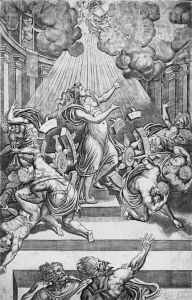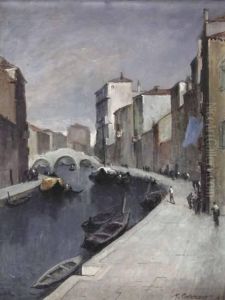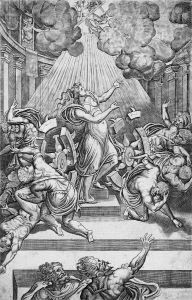Mario Cartaro Paintings
Mario Cartaro was an Italian engraver and cartographer, active during the Renaissance period. Born around 1530, the details of his early life are not well-documented. His work, however, has provided scholars with valuable insights into the art and cartography of the 16th century. Cartaro is known to have been active in Rome, which at the time was a flourishing center of art, culture, and intellectual activity.
Cartaro's engravings are characterized by their meticulous detail and precision, reflecting the high standards of craftsmanship demanded during the Renaissance. He produced a variety of works, including maps, plans, and views, as well as book illustrations. One of his most significant contributions to cartography was his map of Rome, 'Forma Urbis Romae,' created in 1576. This map was notable for its accuracy and the level of detail it provided, offering a snapshot of the urban landscape of Rome in the late 16th century.
In addition to his maps, Cartaro created engravings for various important publications of the time. His engravings were used to illustrate the works of classical authors as well as contemporary texts. These illustrations helped bring the texts to life and were integral to the dissemination of knowledge during the Renaissance.
Despite his contributions to engraving and cartography, much of Mario Cartaro's life remains obscure, and records of his death are unclear. It is known that he was active until at least 1569, but the exact date of his death is not recorded. Nevertheless, his surviving works continue to be studied and admired for their artistic and historical significance.




